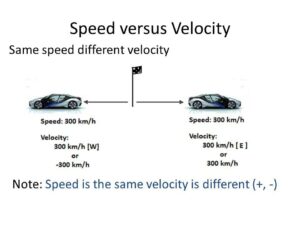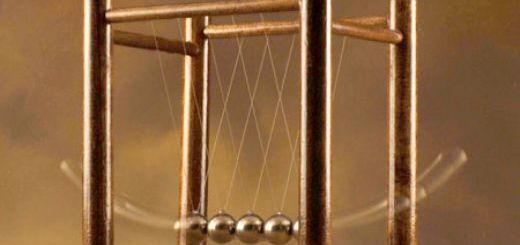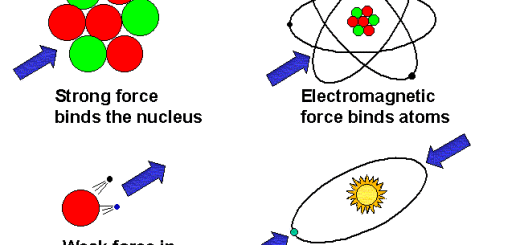Types of speed & Factors necessary for the description of motion
The motion is the change of the object’s position (location) as the time passes according to the location of another object, The motion happens all around us, We see the objects such as the cars, the people and the balls move in different directions with different speeds every day.
The motion
When the object’s position changes as the time passes according to the position of another object, We can say that the object is in a state of motion, the path of a moving object may be straight, curved, or combination of both.
The motion of the train or metro is in one direction (forward or backward) and in a straight line (not in a curved line), The train motion is considered from the motion in one direction as the train moves forward or backward but it does not move upward or downward.
The speed
We can describe the motion of some objects around us as fast and some others as slow, The speed is a physical quantity which is used to describe and measure the motion of objects, (Speed = distance/ time).
The two factors necessary for the description of motion (the speed) are the distance covered by the moving body and the time taken by the moving body to cover this distance.
The speed is the distance moved through a unit time, the object’s speed increases as the time decreases to cover the same distance, The speed of the object is inversely proportional with the time.
The object’s speed increases by increasing the covered distance at constant time, The speed of the object is directly proportional to the covered distance.
When the distance is measured by meter and the time is measured by second, So, The measuring unit of speed is (m/s), when the distance is measured by kilometer and the time is measured by the hour, So, the measuring unit of speed is (km/h).
Kinds of speed
There are the regular (uniform) speed and the irregular (non-uniform) speed, The regular (uniform) speed is the change of object’s position by equal distances at equal periods of time (whether the distance and the time are short).
The irregular ( non-uniform ) speed is the change of object’s position by unequal distances at equal periods of time, or it is the change of the object’s position by equal distances at unequal periods of time.
It is difficult to determine the amount of irregular speed of the object, So, we use the average speed which is the total distance covered by the moving object divided by the total time taken to cover this distance.
The average speed represents the regular speed by which the moving object moves to cover the same distance at the same period of time.
When the average speed of a moving body equals the regular speed, the motion is described as the regular motion, when the average speed of a moving object does not equal the regular speed, The motion described as the irregular motion.
The relative speed is the speed of a moving object relative to an observer, Measuring the relative speed depends on the position of the observer who determines the magnitude of this speed.
If the observer is at rest, So, (the relative speed = the real speed of the object), If the observer is moving in the same direction of the moving object, So, (The relative speed = The object’s speed – the observer’s speed), if the two speeds are equal, So, The relative speed equals zero.
If the observer is moving in the opposite direction of the moving object, So, (The relative speed = the object’s speed + the observer’s speed).
Acceleration types, units, importance & Graphic representation of moving in a straight line
Motion in one direction, Types of Speed, Average Speed & Relative Speed
Types of motion, Relative motion, Applications of Mechanical waves & Electromagnetic waves
Laws of circular motion (Centripetal Acceleration, Tangential linear Velocity & Centripetal Force)




